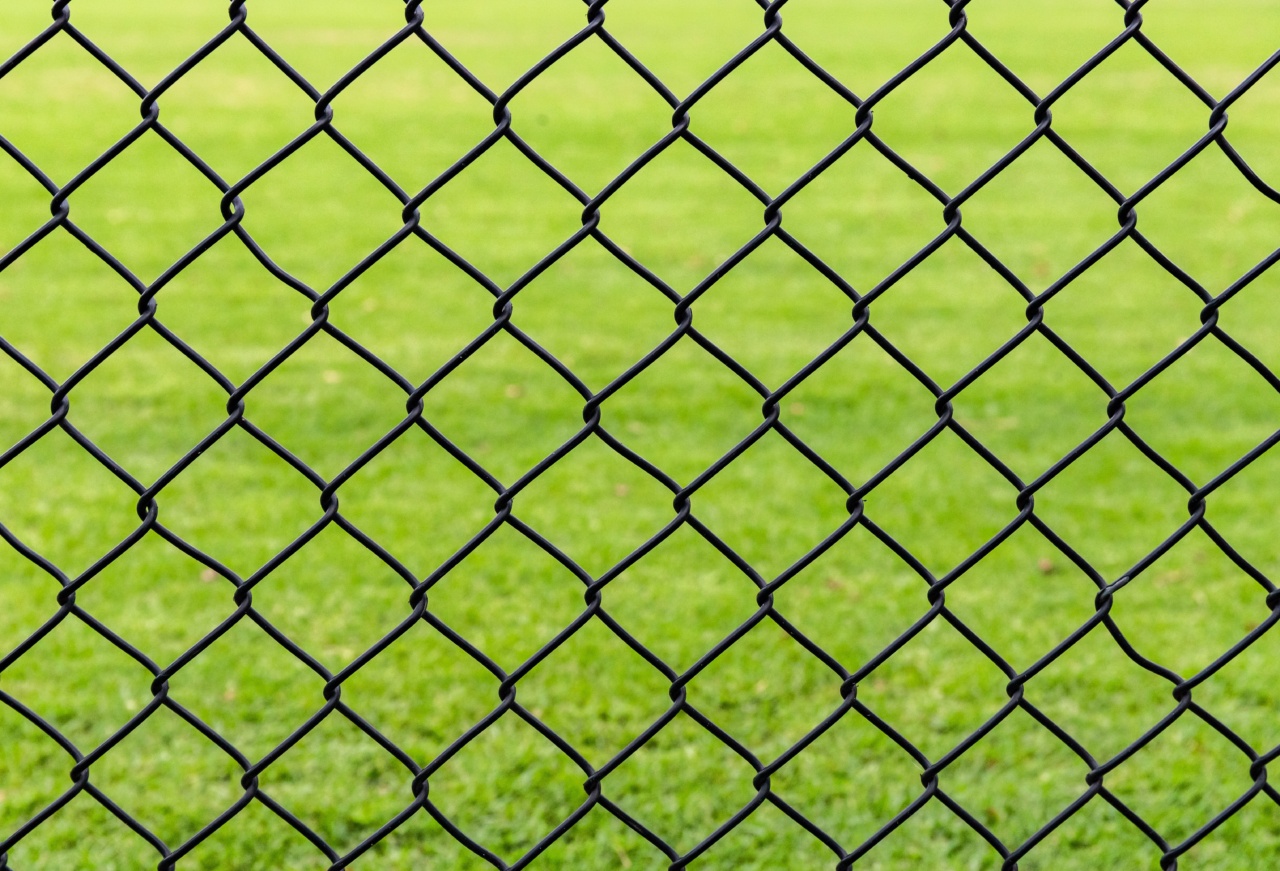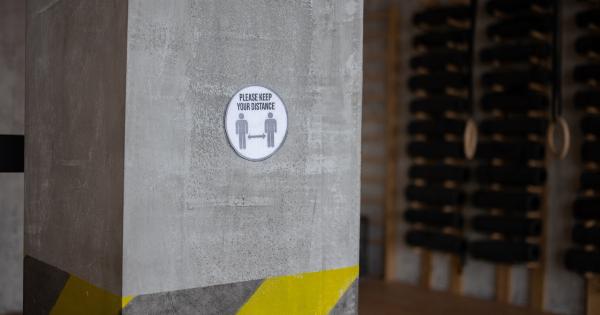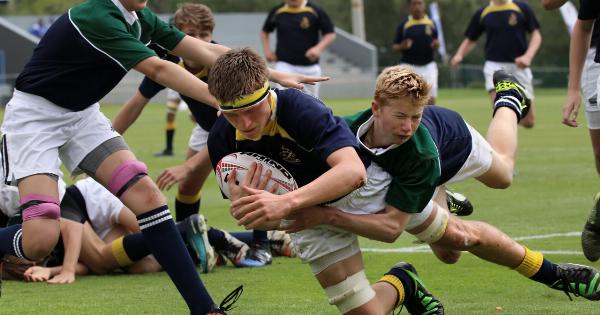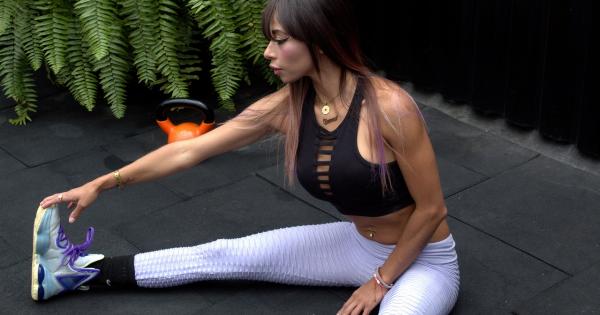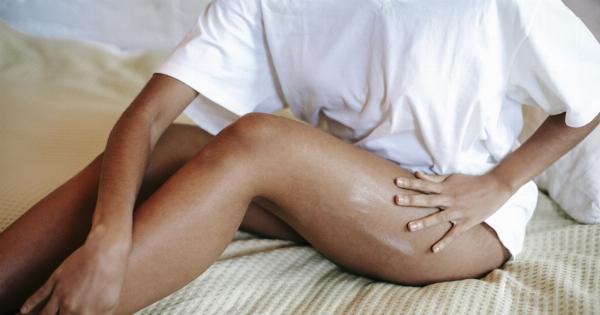Gymnastics is a physically demanding sport that requires a great deal of strength, flexibility, and agility. As gymnasts push their bodies to the limits, their tendons play a crucial role in their performance.
Tendons are thick, fibrous connective tissues that attach muscles to bones, allowing for movement and stability. However, the intense training and repetitive movements in gymnastics can put significant strain on these tendons, leading to injuries and potential long-term damage.
This article will explore various ways to maintain tendon health in gymnastics and prevent injuries.
Understanding Tendon Injuries
Tendon injuries are common in gymnastics due to the high impact and repetitive nature of the sport. Some of the most common tendon injuries include tendonitis, tendon tears, and overuse injuries.
Tendonitis refers to the inflammation of a tendon, usually caused by repetitive motions or overloading. Tendon tears occur when the tendon is overstretched or overstressed, leading to partial or complete tears. Overuse injuries develop gradually over time due to repetitive strain on the tendons.
To prevent tendon injuries, proper tendon maintenance is crucial. Here are some key strategies that gymnasts can incorporate into their training routine:.
1. Warm-Up and Stretching
Before any gymnastics practice or competition, it is essential to warm up the body adequately. A warm-up routine can help increase blood flow to the muscles and tendons, making them more flexible and less prone to injury.
Dynamic stretches, such as leg swings, arm circles, and lunges, help warm up the entire body and prepare the tendons for the intense movements of gymnastics. Static stretches, like hamstring stretches and calf stretches, can also be included during warm-up to further loosen up the tendons.
2. Gradual Progression
One of the main causes of tendon injuries is excessive training load or sudden increases in intensity or volume.
Gymnasts should gradually increase the intensity and difficulty of their training routines to allow their tendons time to adapt and strengthen. It is important to listen to the body and not push beyond its limits, as pushing too hard too soon can lead to tendon overuse and injury.
3. Cross-Training
Engaging in cross-training activities can help maintain overall fitness and reduce the strain on specific tendons.
Incorporating activities such as swimming, cycling, or Pilates into the training routine can provide a break from the high-impact nature of gymnastics while still maintaining strength and flexibility. Cross-training also helps strengthen different muscle groups and prevent overuse of specific tendons.
4. Proper Technique
Using proper technique during gymnastics movements is crucial for tendon health. Incorrect form or alignment can place excessive stress on tendons, increasing the risk of injury.
Gymnasts should focus on maintaining proper body alignment, engaging the appropriate muscles, and executing movements with control and precision. Regular sessions with a qualified gymnastics coach can help identify and correct any technique issues to prevent tendon-related injuries.
5. Recovery and Rest
Rest and recovery play a vital role in maintaining tendon health. Overtraining or not allowing enough time for recovery can lead to chronic tendon problems. Adequate sleep, balanced nutrition, and hydration are important for proper recovery.
Using techniques like ice packs and massages on sore tendons can also help reduce inflammation and promote healing.
6. Strengthening Exercises
Strengthening the muscles surrounding the tendons can help provide additional support and reduce the strain on the tendons. Gymnasts should incorporate specific exercises targeting the muscles supporting the ankles, wrists, elbows, and knees.
Strengthening exercises may include calf raises, wrist curls, resistance band exercises, and core strengthening exercises. It is important to gradually increase the intensity and resistance of these exercises to avoid overloading the tendons.
7. Foam Rolling and Self-Massage
Foam rolling and self-massage can help improve tendon health by increasing blood flow and loosening tight muscles.
Rolling a foam roller or using a massage ball on specific areas, such as the calves, shins, and forearms, can help release tension and improve the condition of the tendons. This technique can be especially beneficial after training sessions or on rest days to promote recovery and prevent muscle imbalances.
8. Flexibility Training
Flexibility is essential in gymnastics, and maintaining good flexibility in the tendons is crucial for injury prevention. Regular stretching exercises that target the major muscle groups and tendons used in gymnastics are important.
Incorporating exercises like split stretches, bridge poses, and pike stretches can help improve tendon flexibility and reduce the risk of tears and strains.
9. Protective Gear
In some cases, the use of protective gear can assist in maintaining tendon health. Wearing supportive braces, tape, or straps can provide stability and reduce the risk of excessive stress on the tendons.
For example, gymnasts with a history of wrist tendonitis may benefit from wearing wrist braces during training or competitions. It is essential to consult with a healthcare professional or sports therapist to determine the appropriate protective gear for individual needs.
10. Listen to the Body
Lastly, it is crucial for gymnasts to listen to their bodies and pay attention to any signs of pain or discomfort. Ignoring early warning signs can lead to more severe tendon injuries.
If a gymnast experiences persistent pain, swelling, or limited range of motion in a particular area, they should seek medical attention and take a break from training until the issue is properly addressed.
Conclusion
Tendon maintenance is essential for gymnasts to prevent injuries and perform at their best.
Incorporating warm-up routines, gradual progression, cross-training, proper technique, recovery and rest, strengthening exercises, foam rolling, flexibility training, protective gear, and attentive monitoring of the body can all contribute to maintaining healthy tendons. By taking proactive steps to protect their tendons, gymnasts can continue to excel in their sport while minimizing the risk of long-term damage.
